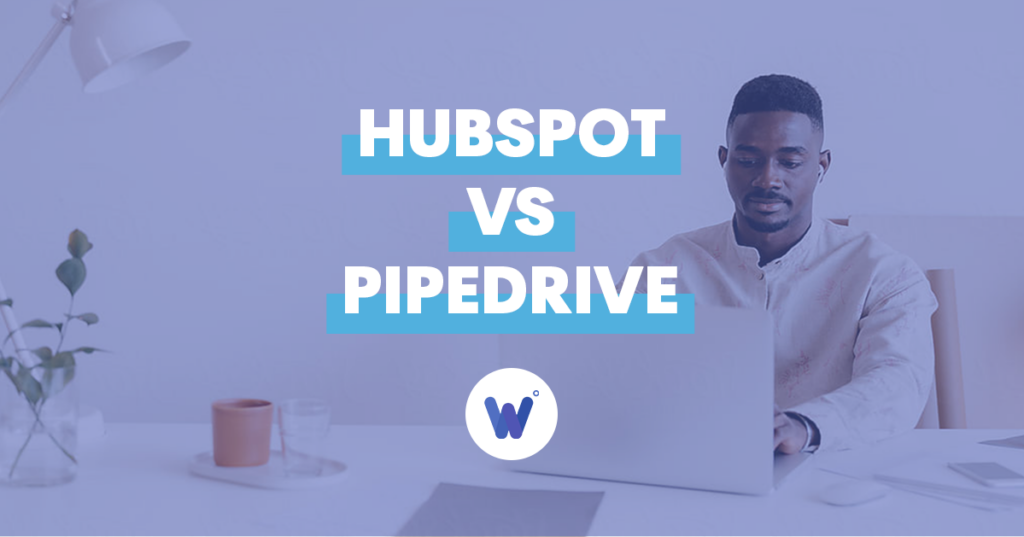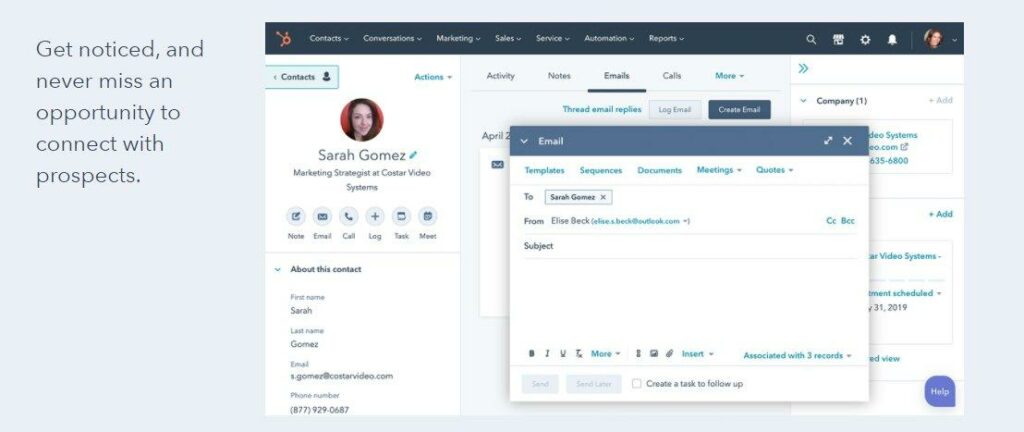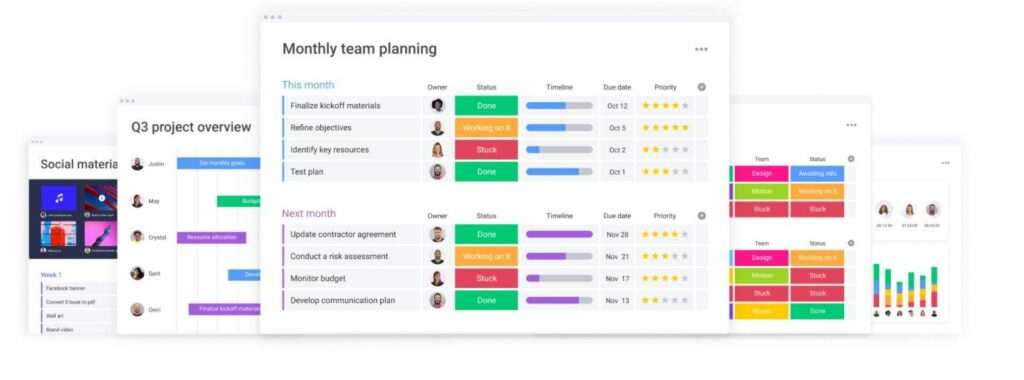
If you’re a new business, you have probably learned the hard way how challenging it can be to manage leads and customers and produce a high-quality customer experience consistently.
However, it doesn’t have to be so difficult. With the number of online marketing options growing by the day, your perfect solution to delivering the best client experience may lie in CRM (customer relationship management) software solutions.
Both HubSpot and Pipedrive have made their marks in the online sales world as some of the top choices for an effective CRM solution.
Although HubSpot offers slightly more benefits (and HubSpot competitors are vying for top spots in those areas separately), we’ll be looking at what they can do as CRM helpers for your business.
Effortlessly export your Google Docs to WordPress with just 1-click.
Get Started TodayWithout further ado, let’s see what these powerful CRM tools have to offer to a small business.
HubSpot’s CRM suite is just a part of their complete marketing management solution, but it’s meant to work both as a standalone tool and a part of a greater whole. It focuses on delivering intuitive records and overviews into the company’s current, past, and future customers.
It also has an impressive dynamic integration system, allowing you to pair HubSpot with an unprecedented number of other software tools to further improve your growth.
One of the best parts about HubSpot’s pricing model is the basic free plan. Not a free trial, mind you. But a completely free CRM product that is perfect for small businesses looking to automate some of their vital sales processes and focus on other developments.
Alternatively, you can enjoy additional features for a price, depending on your team’s size and needs which ranges between $45 and $1200 per month.
Free features:
Additional features:

Pipedrive is a self-contained CRM tool that focuses solely on sales improvement and pipeline automation and customization. While you might think that these are just the basics every tool has, Pipedrive has gone above and beyond to deliver a product that’s simple to use and effective.
Pipedrive has some of the best contact management and role customization tools, compared to other HubSpot competitors.
Pipedrive also has variable subscription methods, alongside a free 30-day trial, but there is no permanently free offering. Their plans start at $12.50 to $99 per user, per month.
Features include:

Now that we’ve covered the basics, let’s move on. Since we’re focusing on CRM tools, we’ll be pitting these HubSpot competitors in the three most important CRM categories to determine the ultimate winner.
The most important part of a CRM tool is how it can automate and manage your sales pipeline. Without it, there’s no real reason to use an exorbitantly priced software solution. Here are the results.
HubSpot CRM
In line with their limited CRM offer, HubSpot has decided to provide the basics for sales pipeline management for free while including more advanced options in their paid plans.
The pipeline dashboard is the first thing you’ll see in this tool. It includes all the necessary fields, and the pipeline itself can be modified to have more (or fewer) categories and include different data fields.
HubSpot also includes progress reports as part of their pipeline, allowing you to know what deals workers are stuck on and if there are possible delays.
Pipedrive
While there are some design differences, Pipedrive’s pipeline management suite is not much different. However, the primary separation comes in the form of the layout. Pipedrive puts focus on the pipeline, customizing all other menus with the pipeline in mind.
Pipedrive’s menus are also slightly easier to navigate, although it has more of a learning curve compared to the free HubSpot CRM version.

The second most important part of a CRM tool is how easy non-tech-savvy personnel find it to use.
HubSpot CRM
HubSpot allows you to filter your deals based on their current status. It also allows you to extract and add necessary information directly from the pipeline management screen.
You also can get an overview of the customer relatively quickly just by going through a few menus. Additionally, a separate menu holds the current status of employees to check their progress and deliveries.
Pipedrive
Pipedrive’s CRM can be said to be overly simplistic, but that should only serve as a significant benefit. The overall menu layout is clean and intuitive, allowing you to quickly scan for the information you need and carry on with your day.
Additionally, Pipedrive has notifications attached to every deal in the pipeline to remind you of tasks that still need to be done.
You’ll probably also want to know how these CRM tools can handle emails. Since most of your sales and customer manager will come through the business email, let’s see how these compare in email integration.
HubSpot CRM
HubSpot allows for complete integration with the primary email apps, such as Google, Outlook, Office 365, and G Suite.
It has many templates that can be quickly converted into working emails ready to be sent to prospective clients. It also tracks best-performing templates to allow you to use only the top-performers for sales pitches.

Pipedrive
They offer very similar email integration solutions, covering Google, Outlook, Office 365, and G Suite by default. It has a slightly different library of email templates, but they often have more details pre-included and can be a great pointer to go from. You can easily schedule emails or entire campaigns to be sent at the right time.
Startups and small businesses looking to expand their reach and gain more customers can’t go wrong with either of these two excellent pipeline management systems. They easily outperform most other HubSpot competitors.
Owners that don’t want to spend a lot should look into the free HubSpot option, as it gives all the necessary basics to start with.
Winner: Tie.
If you’ve grown your sales team, Pipedrive offers slightly more benefits for a lower cost. It has more integrations that favor medium-sized companies, and it doesn’t have as many limitations in its lower-cost plans.
Winner: Pipedrive
If you’ve grown past what a simple CRM can handle, Pipedrive might no longer work as effectively. HubSpot has more integrations available, and their CRM Suite can seamlessly work with the rest of HubSpot’s software solutions.
Winner: HubSpot
If you’re looking for the best of other HubSpot competitors, we’ll be happy to introduce you to monday.com. It has all of the necessary CRM features you’ll grow to love, and it comes with many benefits specifically suited to scale as you grow your team and reach new heights.

While HubSpot competitors are always fighting to rank higher on the list of most popular CRM solutions, the original often can’t be beaten. Pipedrive comes very close, however, and can even inch out a victory for smaller businesses looking for an all-inclusive CRM tool that doesn’t have anything else attached and can scale well for a while.